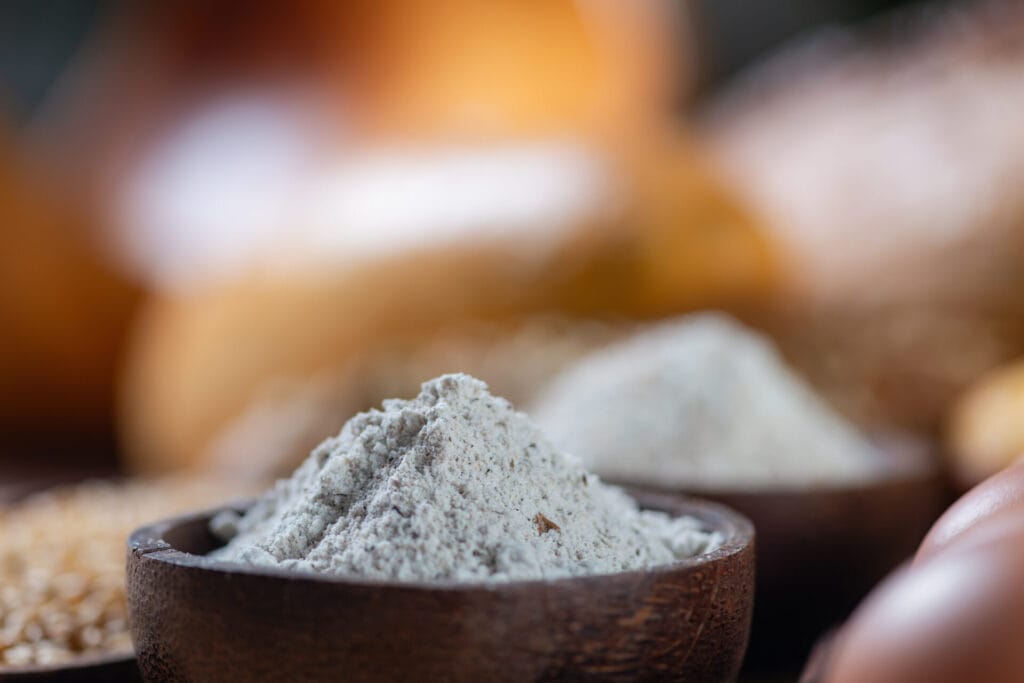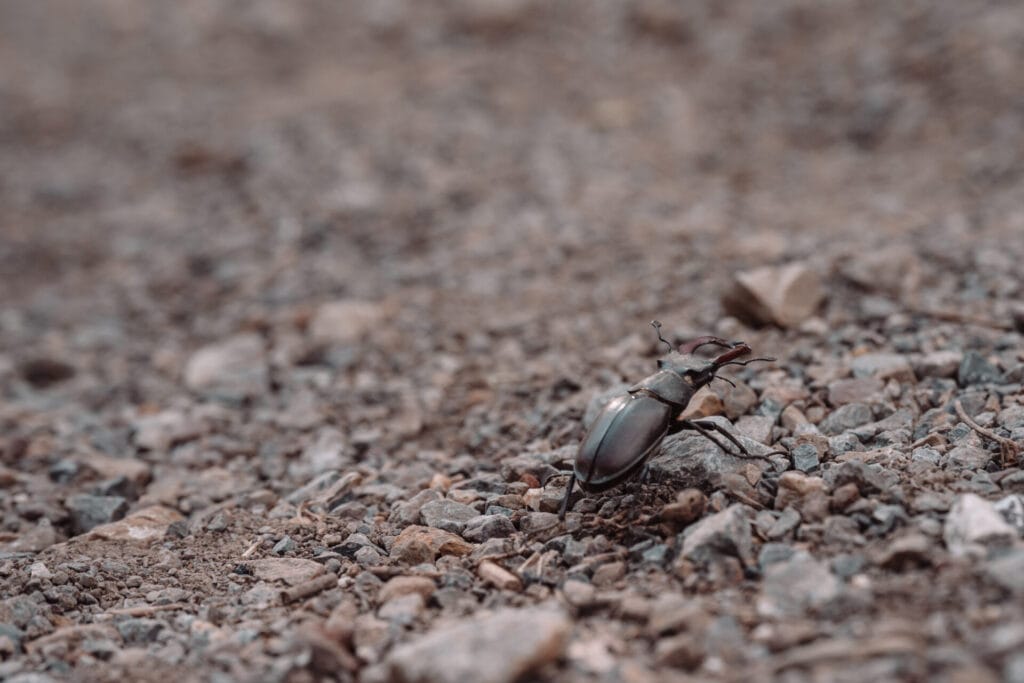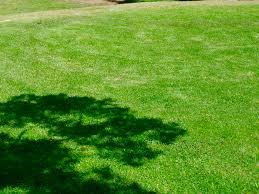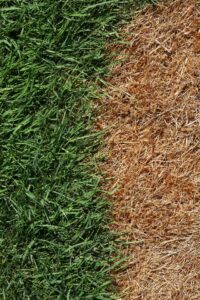In the quest for a safer, eco-friendly alternative to chemical insecticides, many homeowners and gardeners are turning to diatomaceous earth (DE). This naturally occurring substance, composed of fossilized remains of diatoms, is gaining popularity for its remarkable effectiveness in controlling pests while posing minimal risk to humans, pets, and the environment. In this comprehensive guide, we’ll explore the science behind diatomaceous earth, its diverse applications, and how you can integrate it into your pest management strategy.

Earth Diatomaceous earth is derived from the fossilized remains of microscopic algae called diatoms, which have accumulated over millions of years in freshwater lakes, rivers, and oceans. These diatoms secrete a silica-based substance that forms their protective shells. When they die, these shells settle at the bottom of water bodies and eventually fossilize into a fine, powdery substance known as diatomaceous earth.
The key to diatomaceous earth’s insecticidal properties lies in its abrasive and absorbent nature. When insects come into contact with DE, the microscopic sharp edges of the particles penetrate their exoskeletons, causing them to dehydrate and die. Additionally, DE absorbs the lipids from the outer layer of insects, further contributing to their demise. Unlike chemical insecticides, which rely on toxic compounds to kill pests, diatomaceous earth offers a mechanical mode of action, making it a safer option for humans, pets, and beneficial insects.
Earth Diatomaceous earth can be used in various settings to control a wide range of pests. In the home, it is effective against ants, cockroaches, fleas, bed bugs, and other crawling insects. Simply sprinkle a thin layer of DE in areas where pests are present, such as around baseboards, behind appliances, and in cracks and crevices. In the garden, DE can be applied to control pests like slugs, snails, aphids, and beetles. Dust plants, soil surfaces, and garden beds with DE to create a barrier against invading insects.

One of the primary advantages of diatomaceous earth is its non-toxic nature. Unlike chemical insecticides, which can pose health risks to humans and pets, DE is generally regarded as safe when used as directed. It also has minimal environmental impact, as it breaks down into silica, a naturally occurring compound found in soil. Additionally, diatomaceous earth is versatile and cost-effective, making it an attractive option for both residential and commercial use.
To maximize the effectiveness of diatomaceous earth as an insecticide, follow these tips:
While diatomaceous earth is generally safe for humans and pets, some precautions should be taken when using it. Avoid inhaling DE dust, as it may irritate the respiratory tract. Keep DE out of reach of children and pets to prevent accidental ingestion. Additionally, refrain from applying DE directly to flowering plants, as it may harm beneficial pollinators like bees and butterflies.
Diatomaceous earth offers a natural, eco-friendly solution to pest control that is both effective and safe. By harnessing the power of this ancient substance, homeowners and gardeners can protect their living spaces and crops from unwanted invaders without resorting to harmful chemicals. Whether you’re battling indoor pests or garden nuisances, diatomaceous earth provides a sustainable alternative that aligns with modern principles of environmental stewardship. Embrace the power of DE and enjoy a pest-free environment while promoting the health and vitality of our planet.
Share this post:
Check other topics that may help you get more insights for your project:




